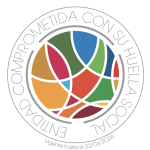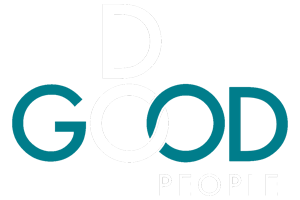Sustainable development requires innovative, and oftentimes, radical changes that allow for our societies, economies and planet to survive and thrive. The integration of sustainability in business development is a very important part of this transformation, and the circular economy model might offer answers to this pending issue.
However, as the circular economy model gains recognition, many definitions and assumptions have arised from its growing popularity, making it increasingly difficult to determine an integrated and efficient solution or action plan.
And so we have set ourselves to analyze what the circular economy model entails, in order to understand that which we might only be looking at at a surface level and is consequently creating barriers in the transition towards the sustainability and circularity of businesses and society alike.
Understanding circularity
The circular economy concept has been around for quite some time, for example, the idea of the three R’s – reuse, reduce, recycle – is not new for individuals, nor for corporations or governments. But is this all there is to an economy based upon circularity?
As author Claire Potter explains in her book ‘Welcome to the Circular Economy’, we should understand the circular economy model like nature. This is, nature works in loops, in cycles that do not create waste or problems for itself, as every element is eventually used to benefit or support other species or natural processes.
On a more technical level, we can understand circularity as an economic and waste management strategy that helps regenerate that which we exploit or benefit from; and just like nature, we should understand it as something to work on collectively.
But far from the solely material or tangible aspects of waste, we can’t disregard the wider social, economic, political and cultural systems that actually shape the process of wasting and which are essential to a successful transition towards circularity.
Dismantling circular economy myths
As mentioned before, the lack of a clear consensus on what a circular economy model looks like has created an even deeper problem of finding an integrated approach to manage all the latter systems from a more sustainable perspective.
Here we unravel some of the ‘myths’ that we think prevent us from finding the right solutions to the dilemmas affecting our current linear economy:
- Consumer practices vs. systemic change: The way in which we understand responsibility is crucial to the quest for sustainability. At a consumer level, there is somewhat of an ethical impulse to affect the micro politics of how we live through small conscious actions and behaviors, which are very important, unfortunately the real issues we face are much bigger than consumers. There is an integral structural problem in all economies regarding the creation of waste that often goes unnoticed. A successful transition to circularity should re-distribute responsibility at all levels.
- Market efficiency: Our current economic system is many times reliant on the idea that the market will eventually take care of itself; but we might be losing the bigger point. Although the market can, and many times will, attain what it is supposed to, it is not necessarily attained in the most efficient way. For example, both food scarcity and massive food waste coexist in the same economies, meaning that the market is choosing to create more food rather than redistribute the excess that creates waste.
- Technical solutions won’t fix everything: There is no doubt that technical innovation is essential to a sustainable future, but it won’t fix all. Part of the problem lies in the fact that it is technical thinking that decides on what the problem is in the first place. But recirculation requires more than preventing materials from ending up in landfills, it is a collective effort that should involve people in their everyday lives. It is essentially a collective attempt to make circularity a fulfilling practice beyond the solely technical understanding of just being useful or productive.
The first steps towards circularity
As every substantial problem society has ever faced, solutions require complex changes than can be hard to grasp and even harder to manage. Circularity, although an apparent ideal solution, involves the reshaping and rethinking of most aspects of societal, political, cultural and economic systems at all levels.
Precisely because the challenge we are facing affects all aspects of life, it is an essential part of the solution to build integrated strategies that involve everyone, from corporate, to civil and political organizations that sustain our current societal model.
In DoGood we believe that the only way to successfully work towards a common cause like sustainability in the corporate world is by making every stakeholder part of the change in a manner that is as fulfilling as it is efficient. That is why we prioritize transparency and measurable information that brings light to the scope of the sustainability performance of an organization.
It is essential to our work to promote good corporate governance, meaning that the processes of disclosure and transparency are followed so as to provide regulators and shareholders as well as the general public with precise and accurate information about the financial, operational and other aspects of the company.
We have developed a corporate government tool that helps establish ESG impact quotas for employees in regards to the sustainability strategy of the company. Through our SaaS technology we are able to activate and track employees’ impact, creating engagement that translates into improved ESG metrics, reputational value and an overall positive impact for the environment and society.
If you want to know more about how we work to create a positive social and environmental impact, click here.







